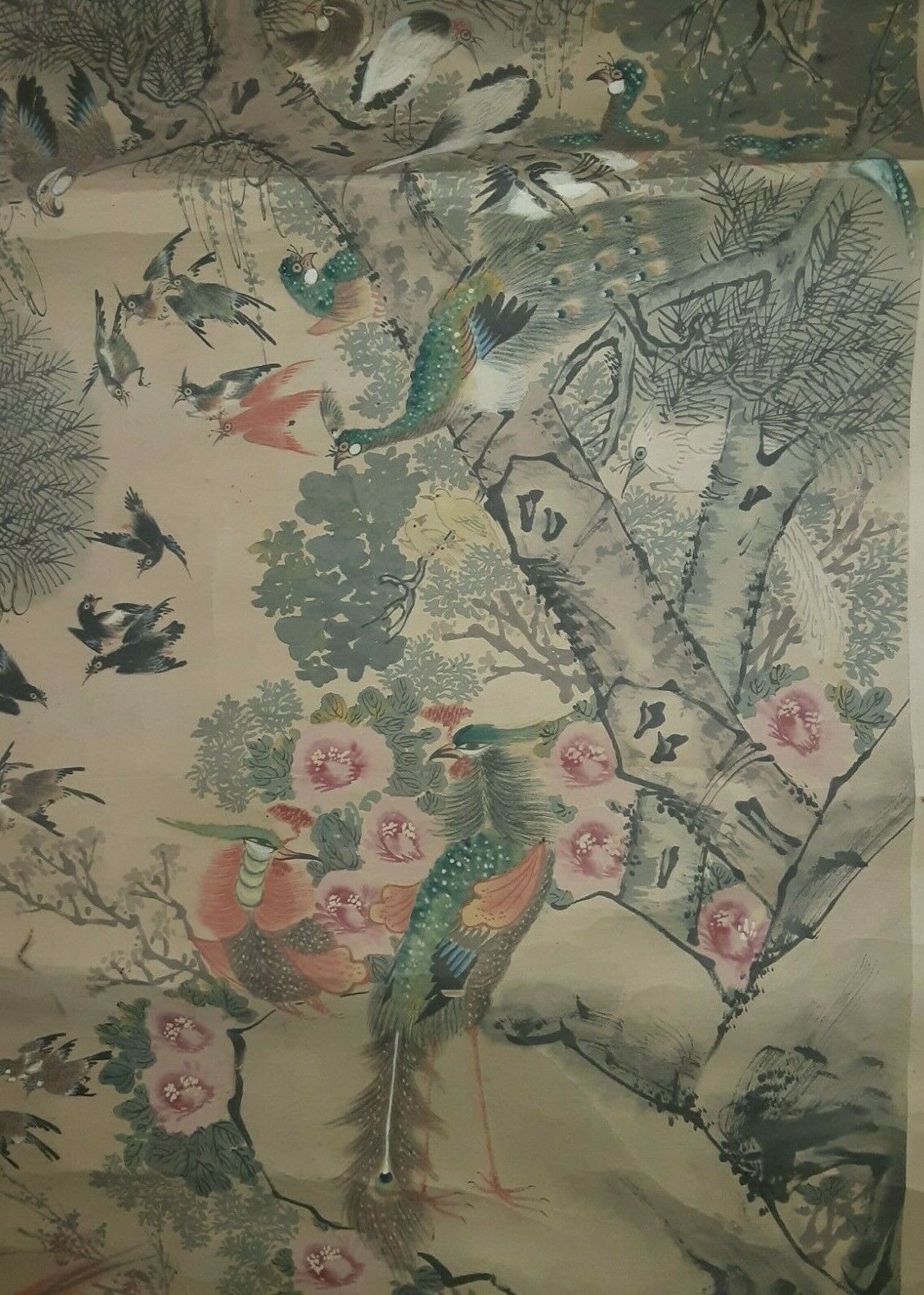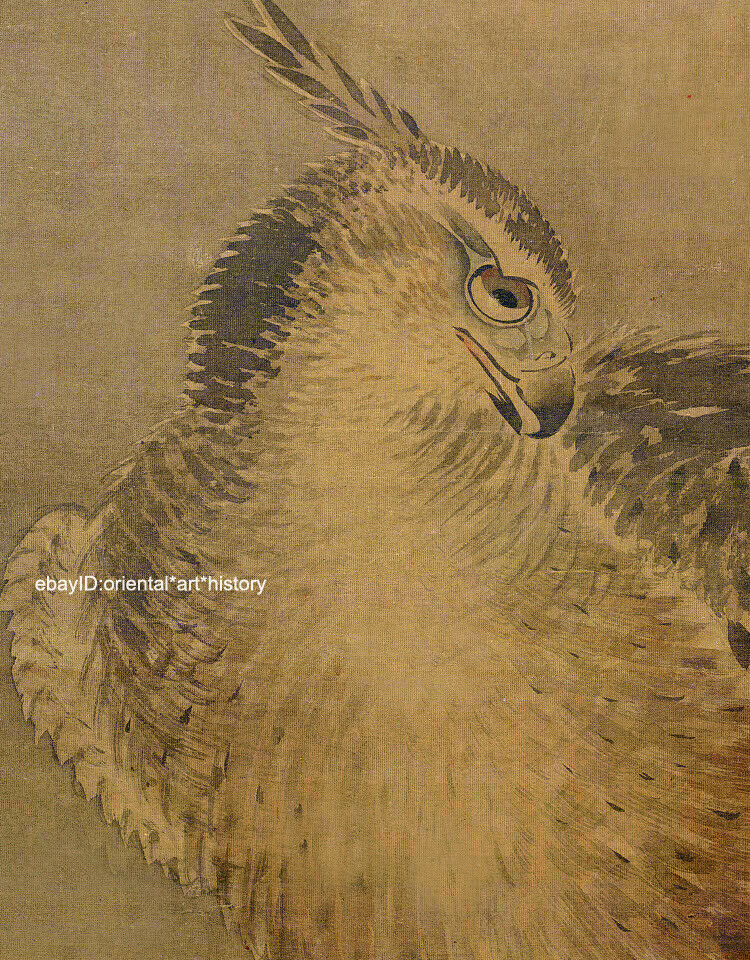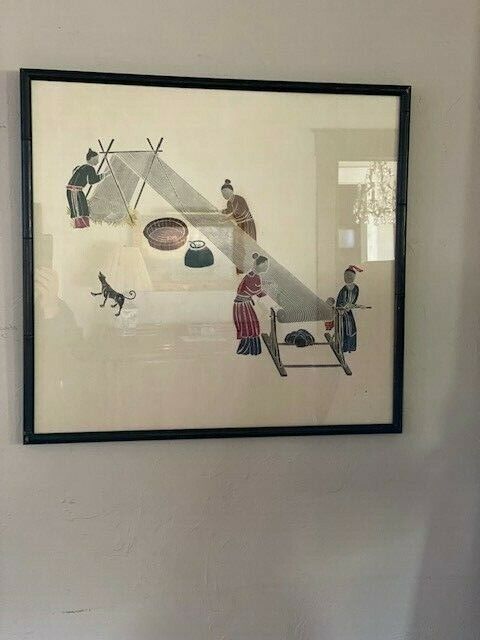-40%
1744 Hua Yan Chinese Imperial Palace Qianlong Qing Scroll Painting 100 Birds 8ft
$ 155760
- Description
- Size Guide
Description
This painting was made for the Imperial Palace during the Qianlong Reign (1735-1796). It was painted in the Summer of the Jiazi(rat) year 1744. Hua Yan was an Imperial painter known as one of the Eight Eccentrics Of Yangzhou. His sobriquets/Alias names areXinluo Shanren.
This is a magnificent 8 feet long Chinese Imperial Qing Dynasty scroll painting of one hundred birds(100) by Hua Yan ( 1682-1756,Fujian/Hangzhou, China). He was of the direct lineage of the Ming Dynasty emperors and briefly worked for the government. He was highly regarded for his depictions of birds and flowers. When he was young, he studied the Qing masters Shitao(1642-1707), Zhu Da(1626-1705), and Yun Shouping(1633-1690). As a young art apprentice he stated " I follow Ma Yuan and Imitate Su Shi(Xu Xi). He positioned himself a title and style of Xinluo Shanren( the "Mountain man of Xinluo"). He painted in symbolic fashion which is expressed in the painting the 100 hundred birds, which depicts the phoenix as the king of birds and the peacocks symbolic of the Emperor and Empress being surrounded by many birds or people paying homage to them. Many of the birds in the scene are symbolic of the emperors officials, guards and politicians standings ready to attend to the emperors desires. Such paintings would be found in the palace of the emperor, his court, or a high ranking official. If anyone outside of the royal family, their court, or high ranking officials were caught with such a painting they were subjected to harsh punishment. Please note that the writing on the painting indicates it is in the style of Xinluo Shanren which is the pseudo/style name taken by Hua Yan. In his latter years he became a monk to avoid being punished by the Qing Dynasty Emperor for being a direct descent of the Ming Emperors who they had recently over threw. The vertical hanging 8 feet scroll is filled with rich color and highly detailed images birds. The hanging scroll measures 94 inches in height and 35 inches in width. The image measures approximately 52 inches in height and 28 inches in width. If you have any questions feel free to ask.
When someone tells you to look at a painting, I'll bet you think of an image on the wall. But in Chinese art, the tradition of scroll painting presents a painting in a different way. The image is painted on a roll of paper or silk and unrolled for viewing.
There are two types of scroll painting: handscrolls and hanging, or landscape, scrolls. Neither stays on the wall all the time. The scrolls are lightweight and mobile, and meant to be enjoyed for a while and then put away, to be brought back out and viewed on special occasions.
Each scroll is mounted on a wooden roller with a protective silk wrapper around the outside, and stored in a special wooden box. When you want to view one, you unroll it by hand while it's flat on a table. The image, which often involves a scene or story, unfolds before you. Think of it as an illustrated book that tells a story as the pages are turned.
Unlike hand scrolls, hanging or landscape scrolls tend to be vertical. They are unrolled, can be hung on a wall and viewed all at one time. But they are still lightweight, portable and on the same silk or paper as handscrolls.
Chinese scroll painting is a very old art. The earliest known works were done thousands of years ago, and the idea might have originated with painted banners meant to hang in tombs. Artists at first used inks. Then the practice of wash painting, meaning brush or watercolor painting, was invented during the Tang Dynasty (618 - 907) and further developed during the Song Dynasty (960 - 1279). Artists used fine brushes and water-based inks or paints, made by hand from pigments (dry materials like minerals that provide color) that the artists ground themselves.
Common themes on scroll paintings tend to be landscapes (including natural features like mountains and cities), people, and birds in floral settings.




















